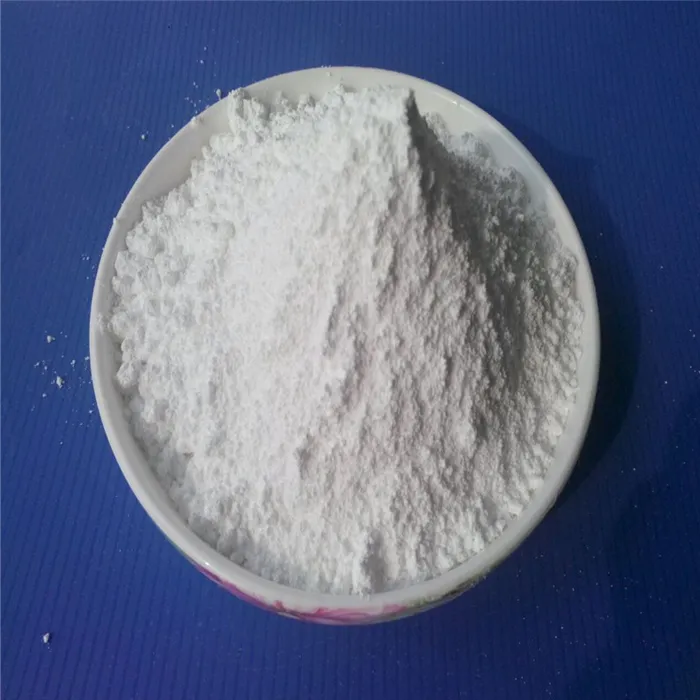Borehole Water Treatment Chemicals Ensuring Safe and Clean Water Supply
Boreholes are an essential source of water, especially in rural and arid regions where surface water may be scarce. These underground water sources, however, often come with their own set of challenges, including contamination and varying water quality. To ensure that the water extracted from boreholes is safe for consumption, utilizing the right treatment chemicals is crucial.
The primary aim of borehole water treatment is to remove impurities and harmful substances that may pose health risks. Common contaminants include bacteria, viruses, sediments, heavy metals, and chemicals like nitrates and phosphates. Various treatment chemicals can be employed to tackle these pollutants effectively.
One of the most widely used chemicals in borehole water treatment is chlorine. Chlorination is a simple and effective method to disinfect water, killing harmful pathogens. It can be applied in various forms, such as gas, liquid, or solid. However, the use of chlorine must be carefully managed as it can react with organic matter in water, forming potentially harmful by-products known as trihalomethanes (THMs). To minimize such risks, appropriate dosing and monitoring are necessary.
Another key treatment chemical is alum (aluminum sulfate), which is used for coagulation and flocculation. Alum helps to aggregate suspended particles, making it easier for them to be removed through filtration. This process also aids in the removal of some bacteria and viruses, thus enhancing the overall quality of the water.
borehole water treatment chemicals

For removing heavy metals, such as lead and arsenic, iron salts and complexing agents can be effective. Iron salts will precipitate out these metals, allowing for their easier removal. Additionally, activated carbon is employed to adsorb organic compounds, chlorine, and unpleasant tastes and odors, improving the overall palatability of the water.
pH adjustment chemicals are also vital in borehole water treatment. The natural pH of borehole water can vary, affecting both treatment efficacy and the corrosiveness of the water. Lime (calcium hydroxide) or sodium hydroxide may be used to raise pH levels, while sulfuric acid can be employed to lower it. Properly adjusted pH levels ensure the effectiveness of other treatment chemicals and prevent pipe corrosion.
Lastly, the rise of biological treatment methods is gaining traction as part of modern water treatment strategies. These methods utilize naturally occurring microorganisms to break down contaminants in the water, moving towards a more sustainable and less chemical-intensive approach.
In conclusion, the treatment of borehole water involves a careful selection of chemicals tailored to address specific contaminants. Utilizing a combination of disinfection, coagulation, filtration, and pH adjustment not only ensures the water is safe for consumption but also improves its aesthetic qualities. As water scarcity continues to be a pressing issue globally, effective borehole water treatment remains an invaluable resource in providing clean and safe drinking water.

